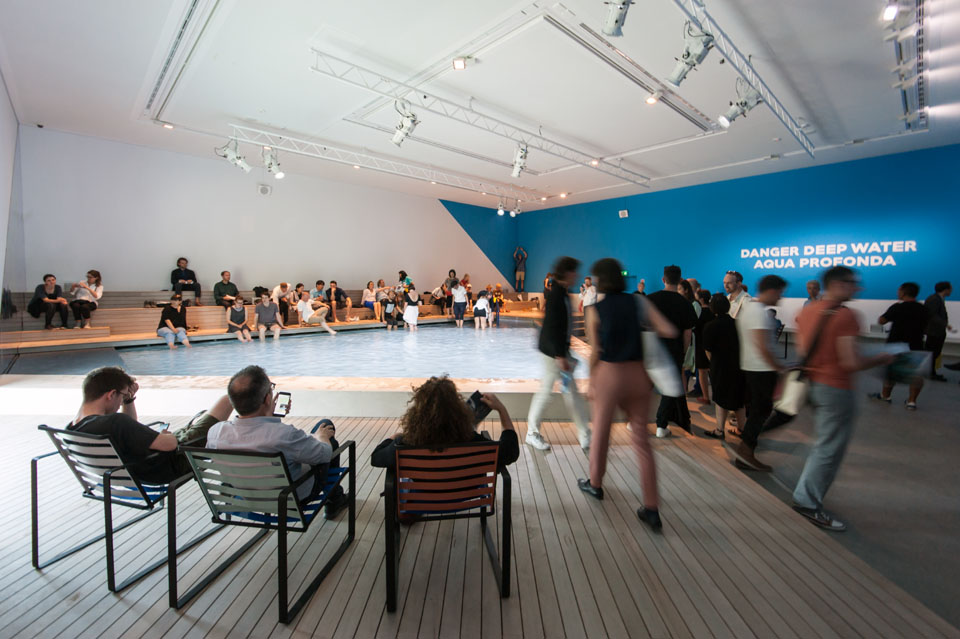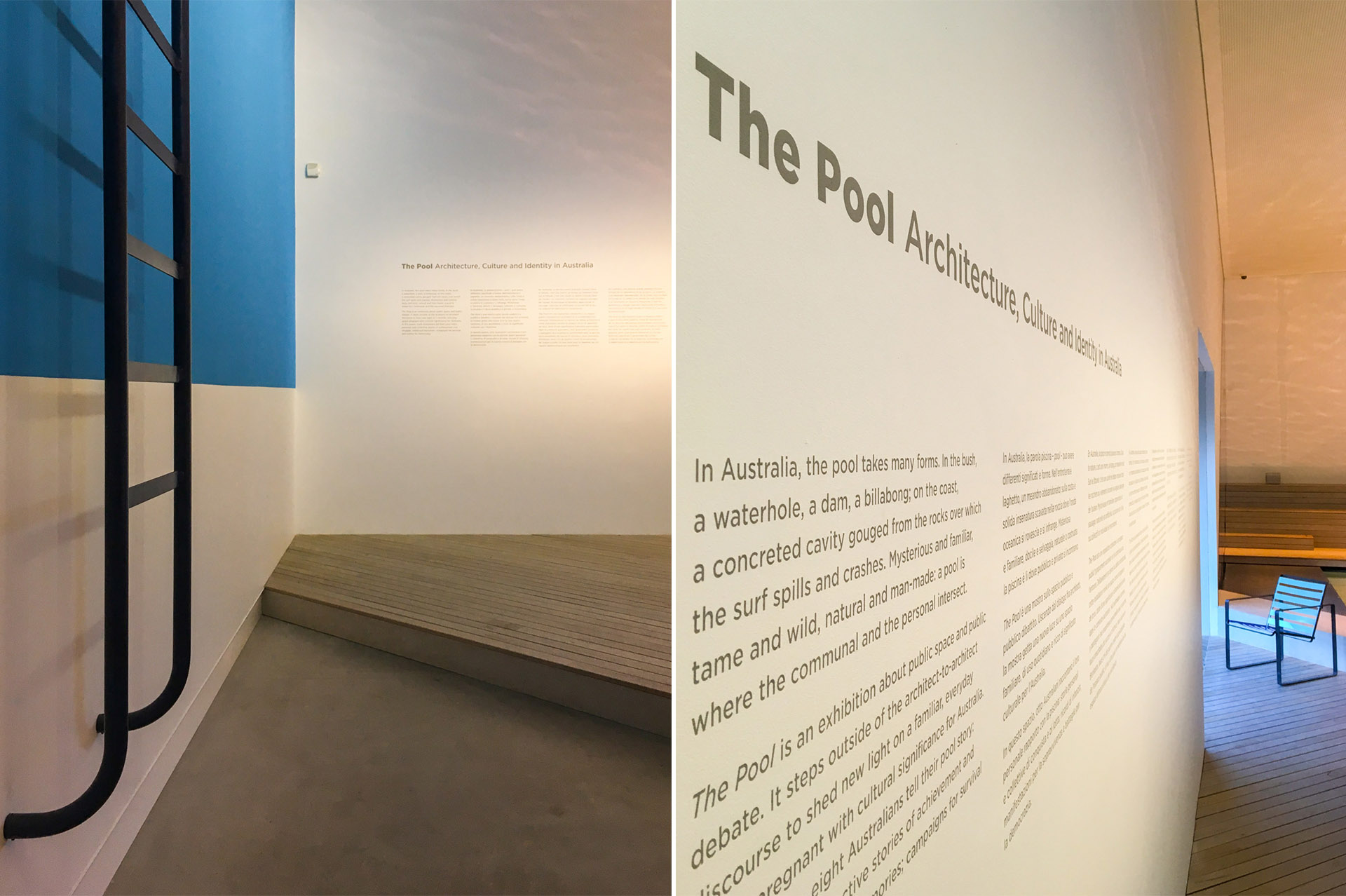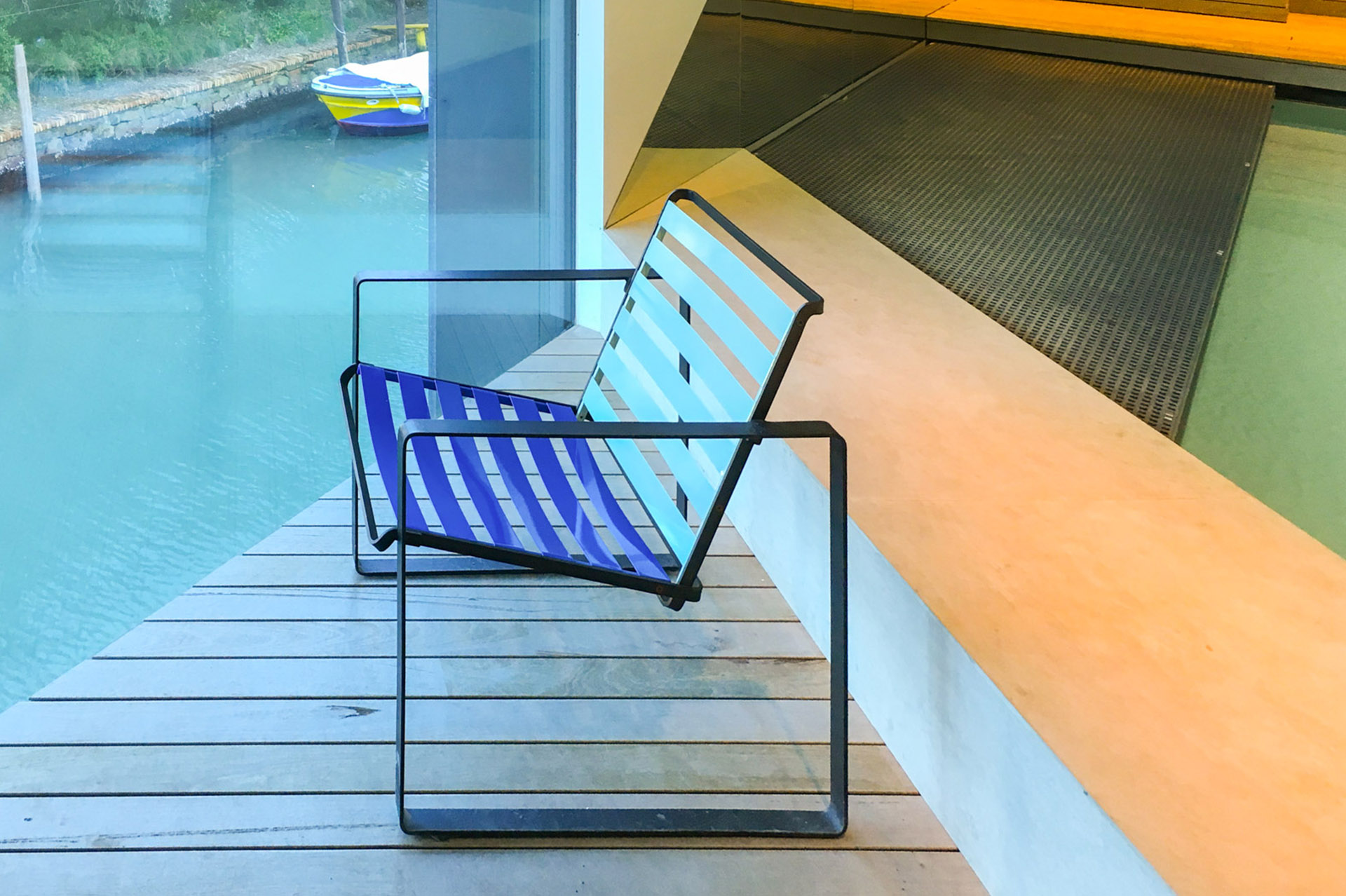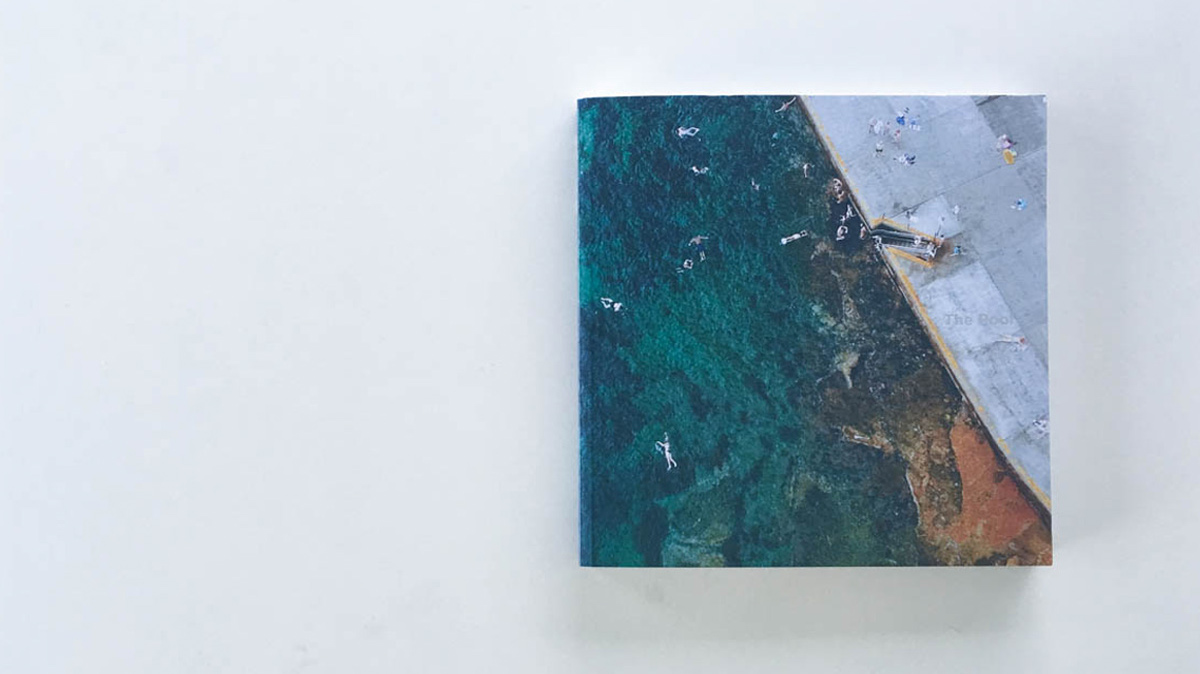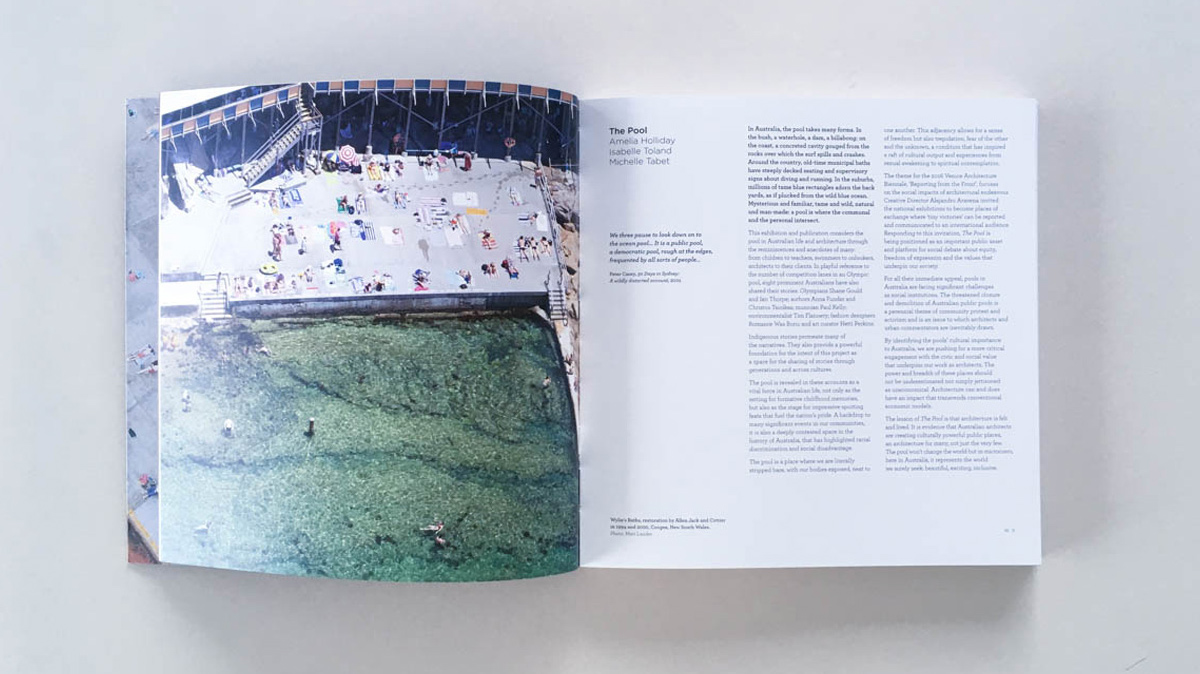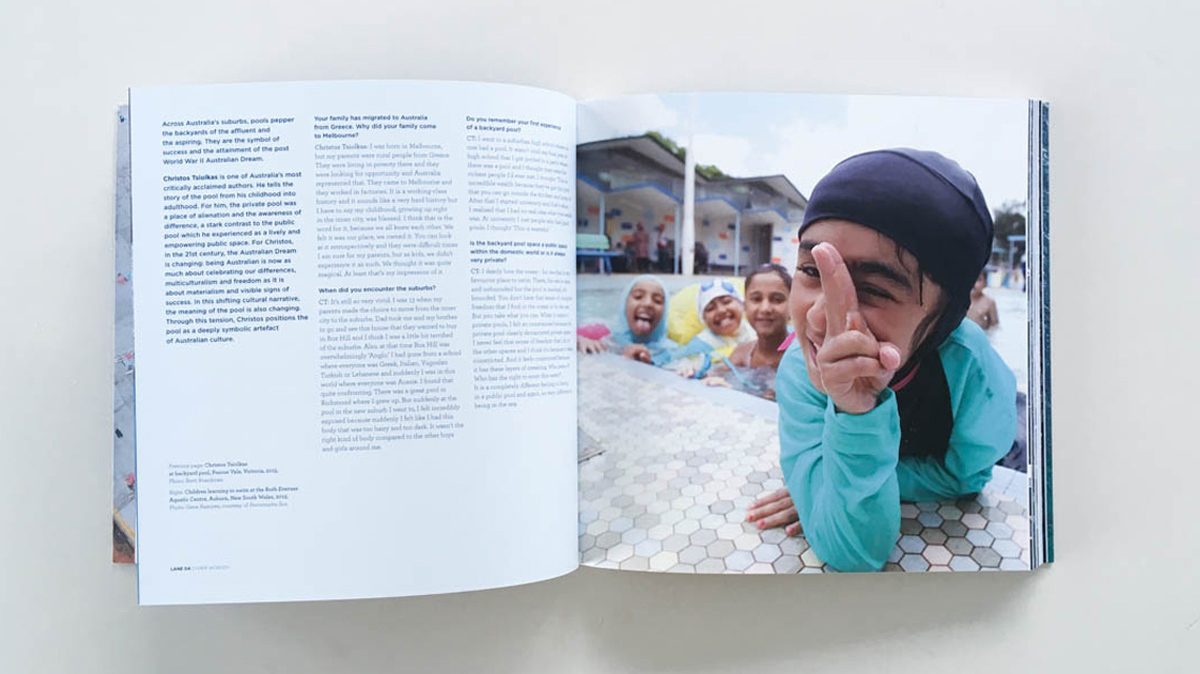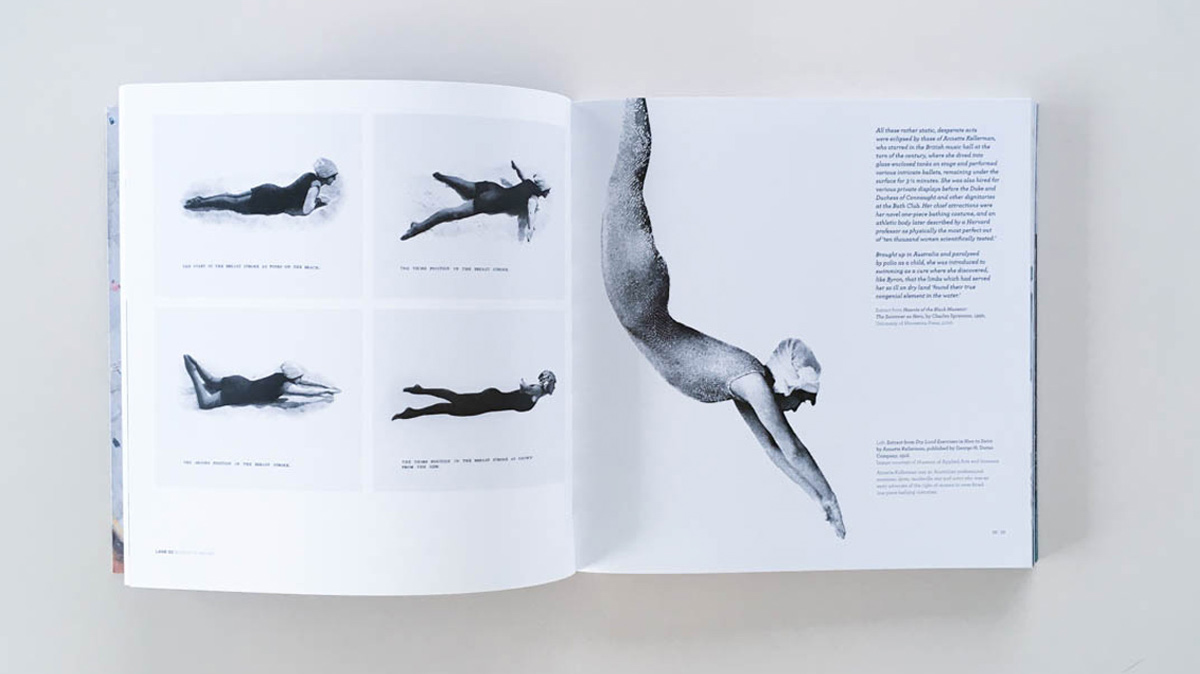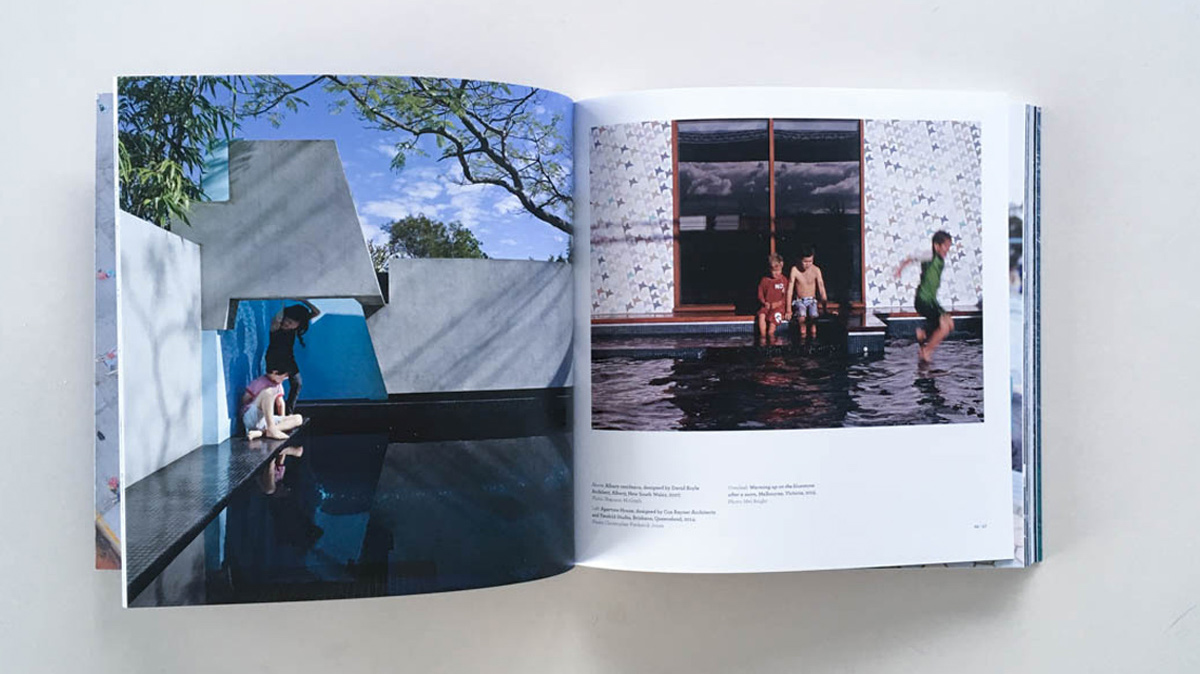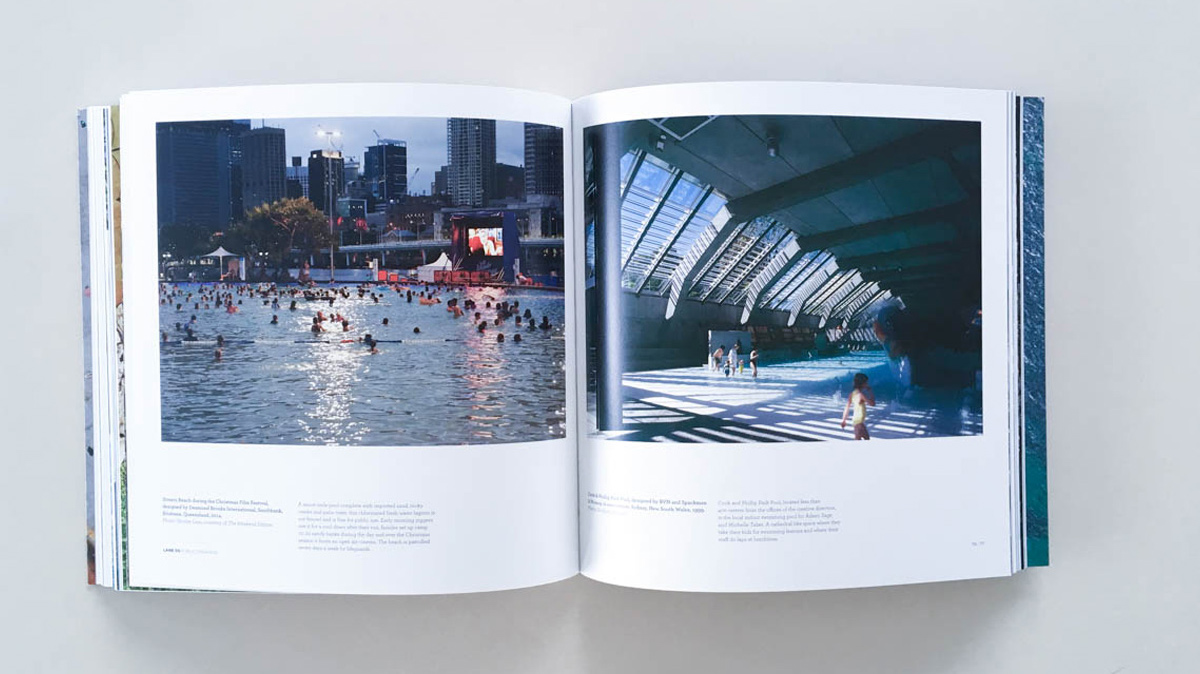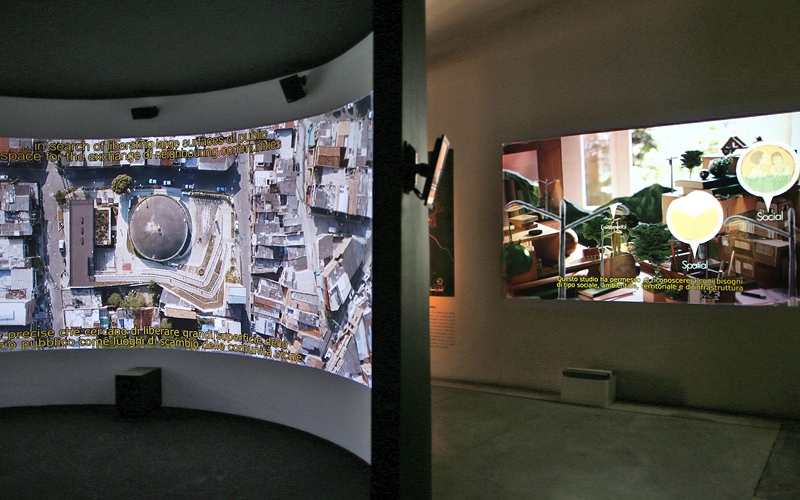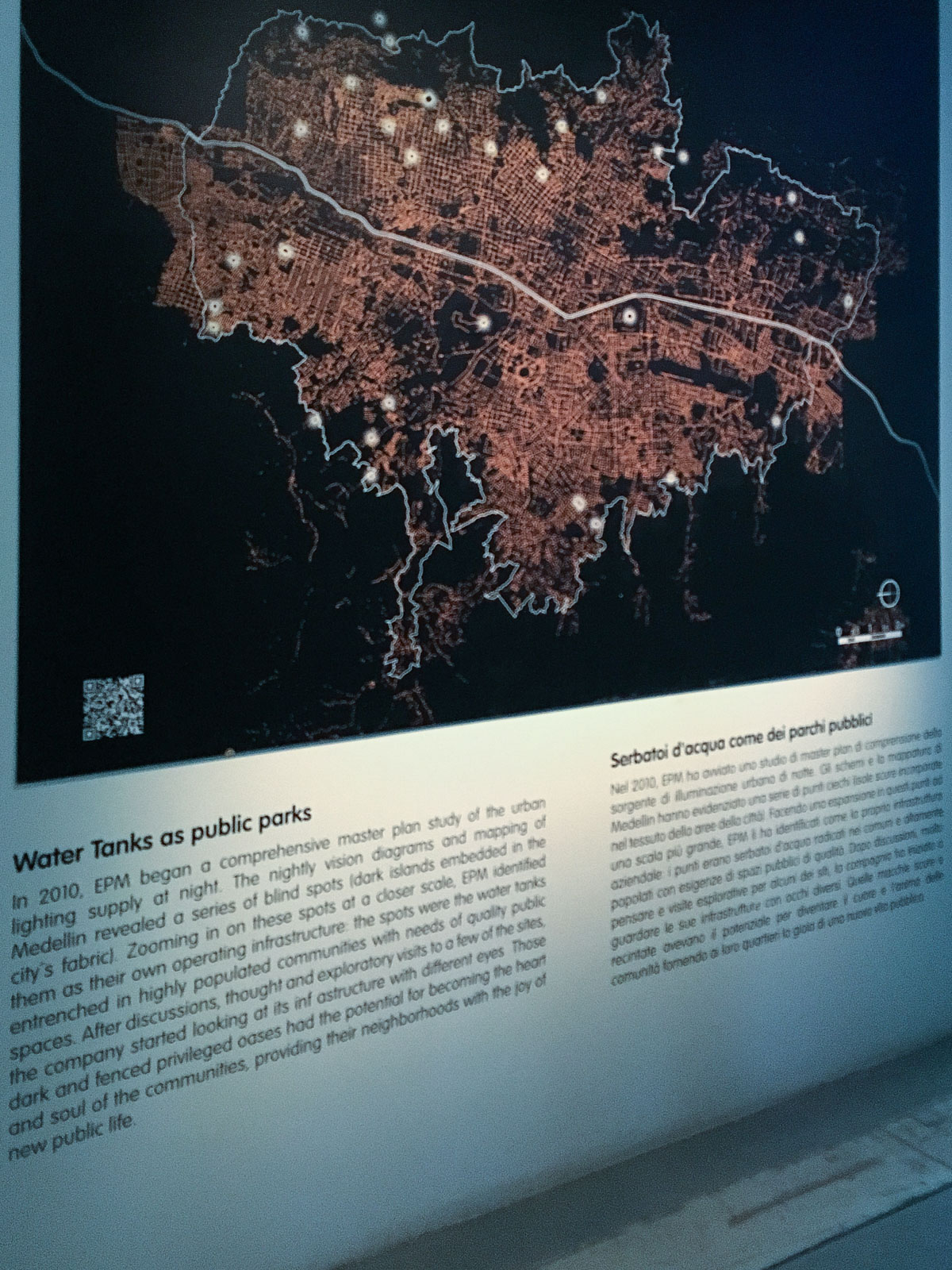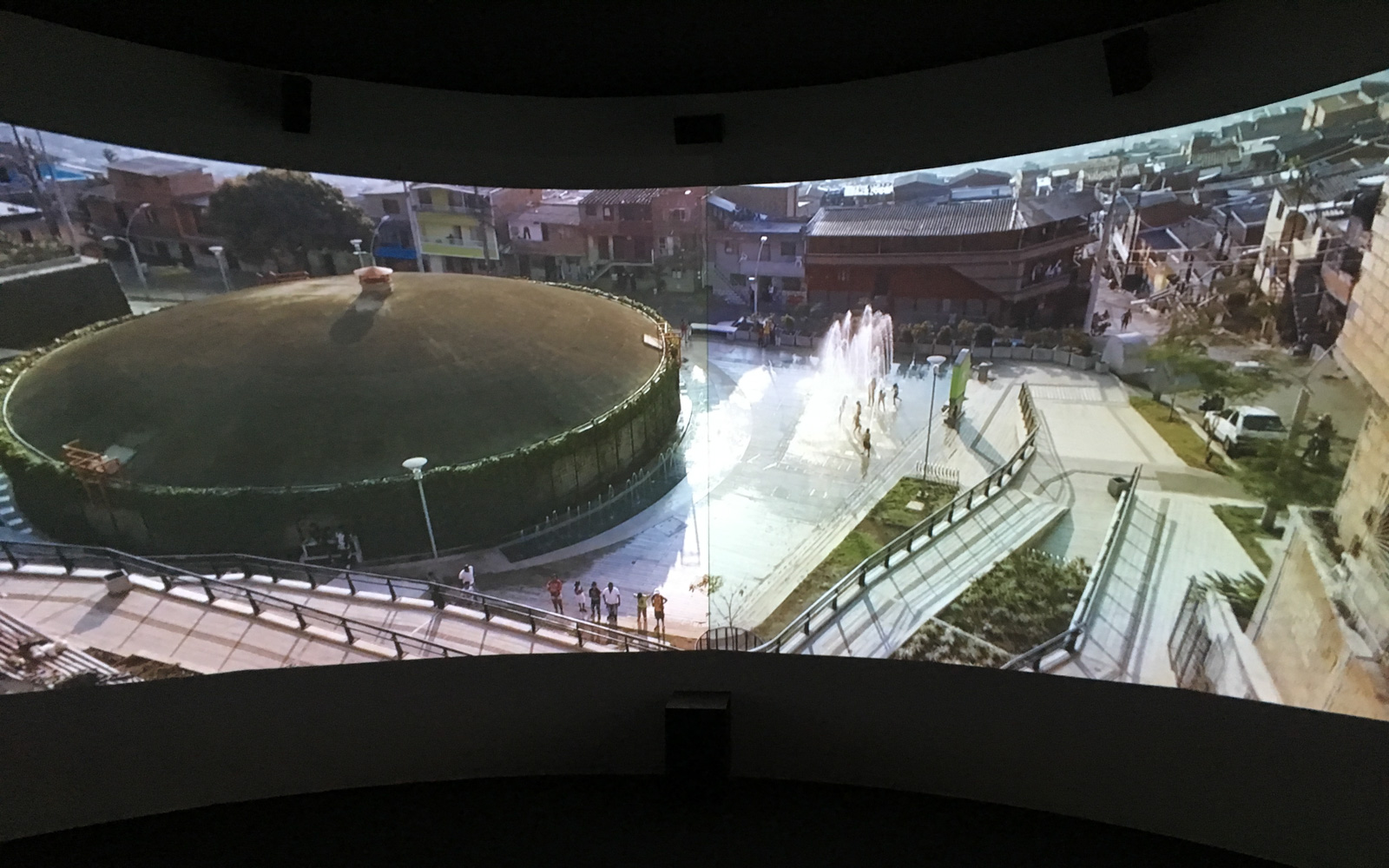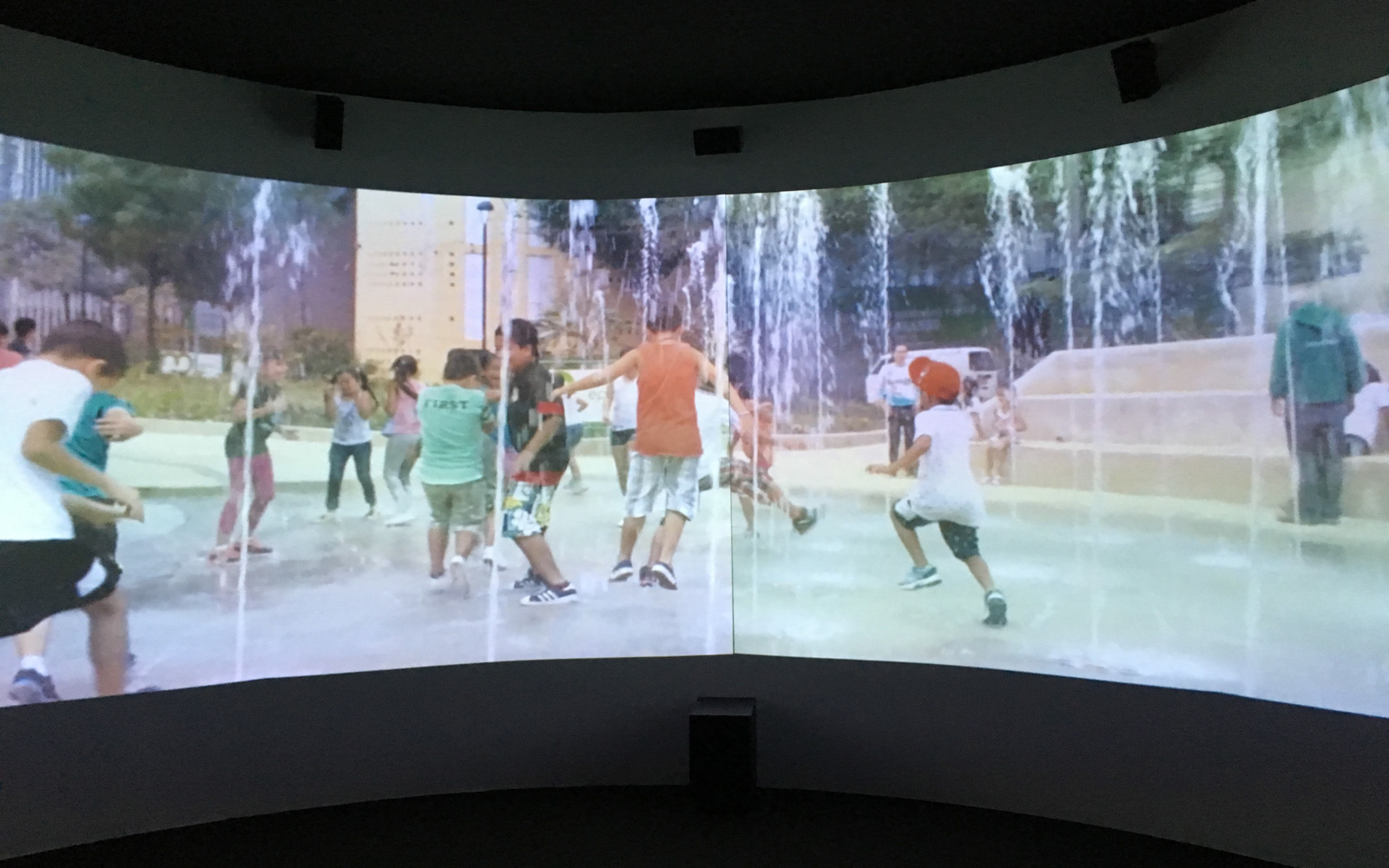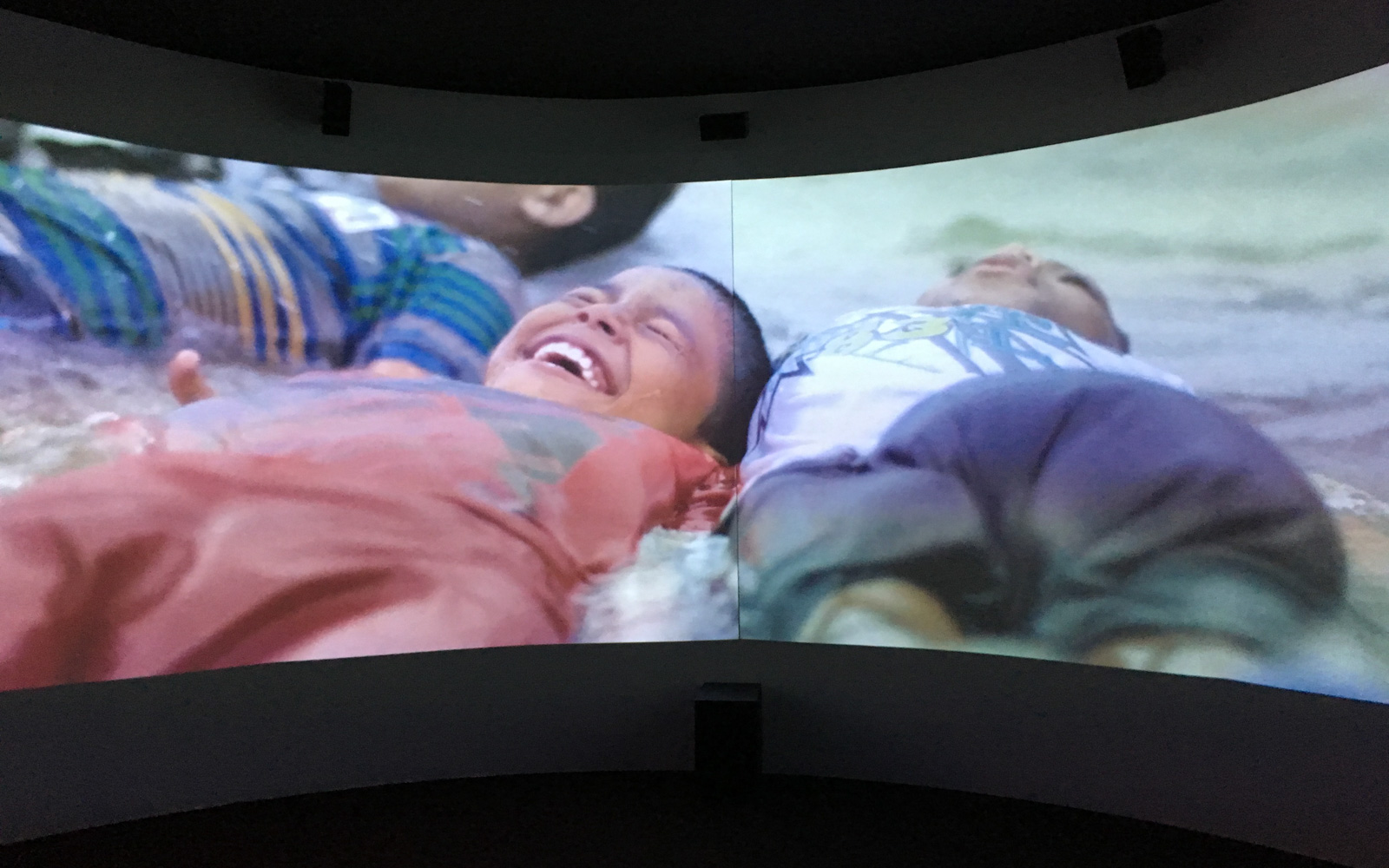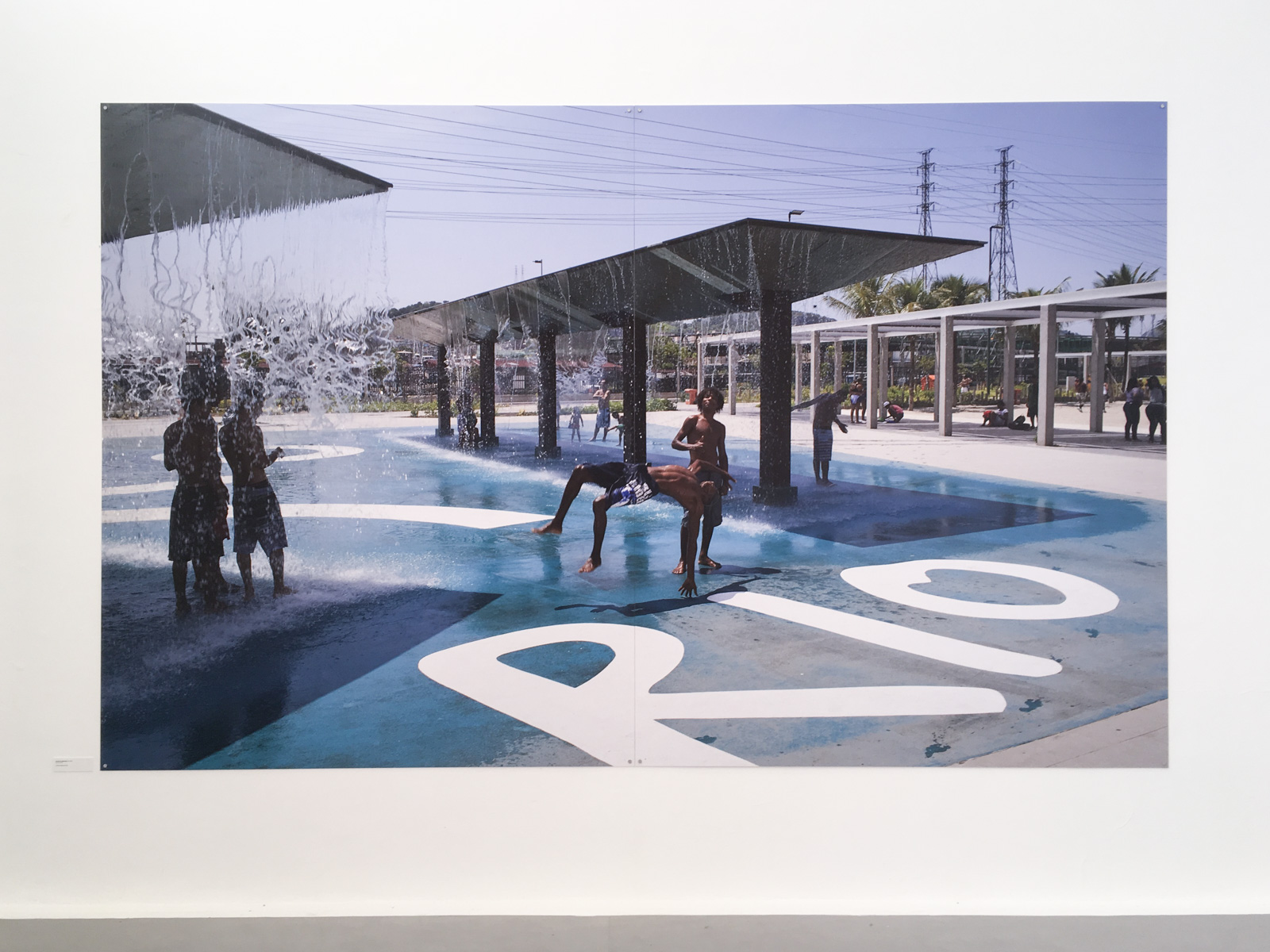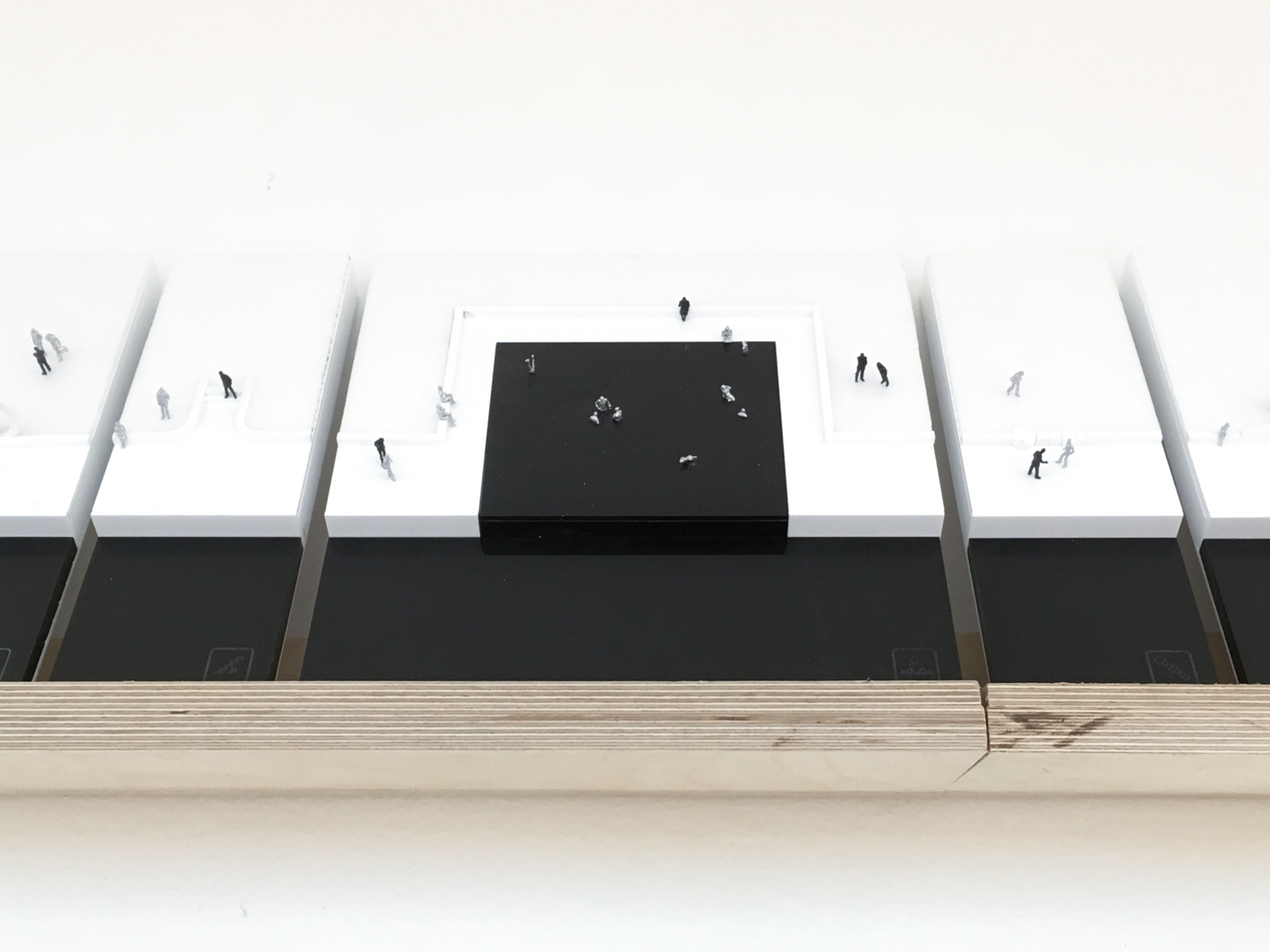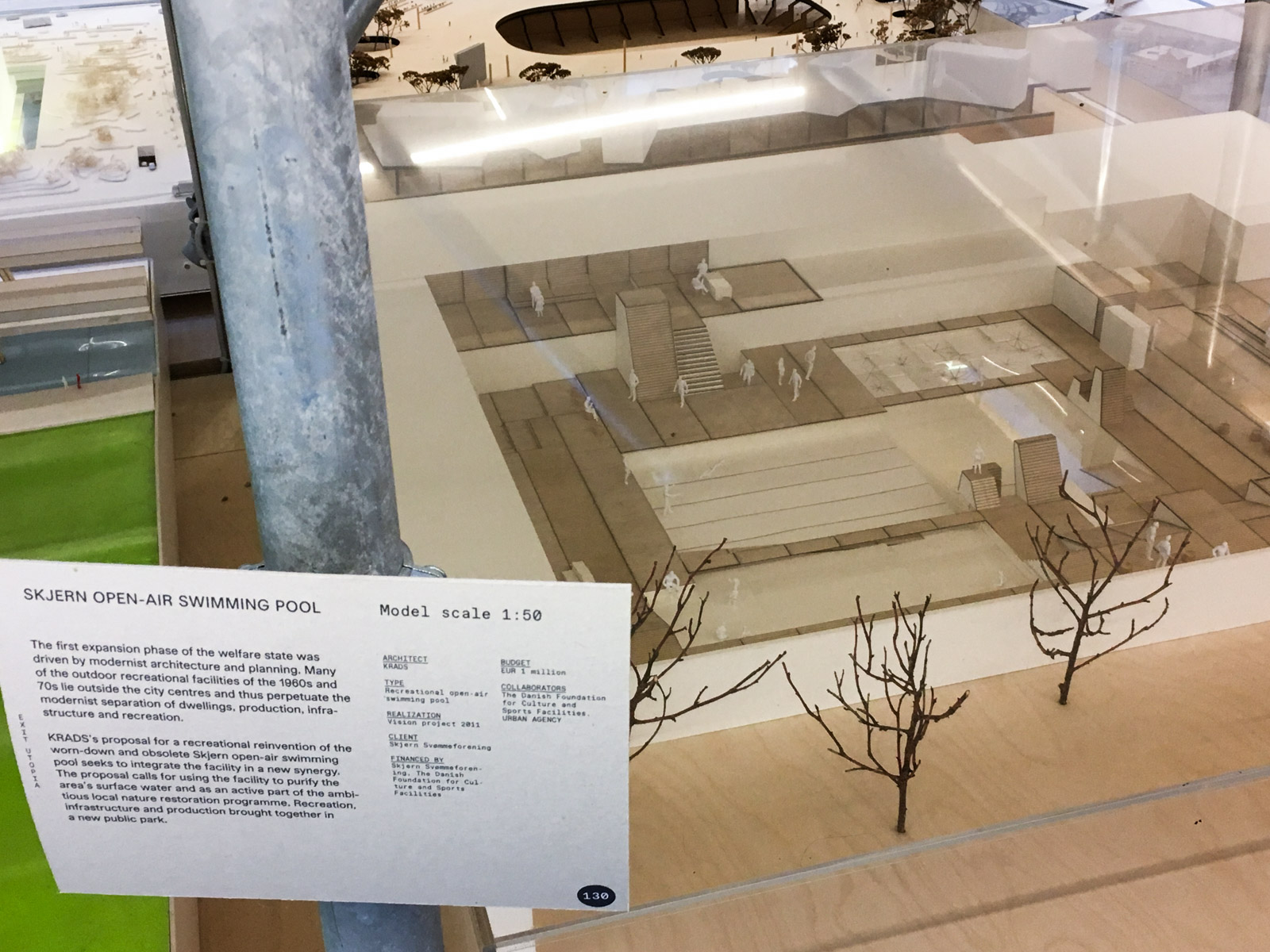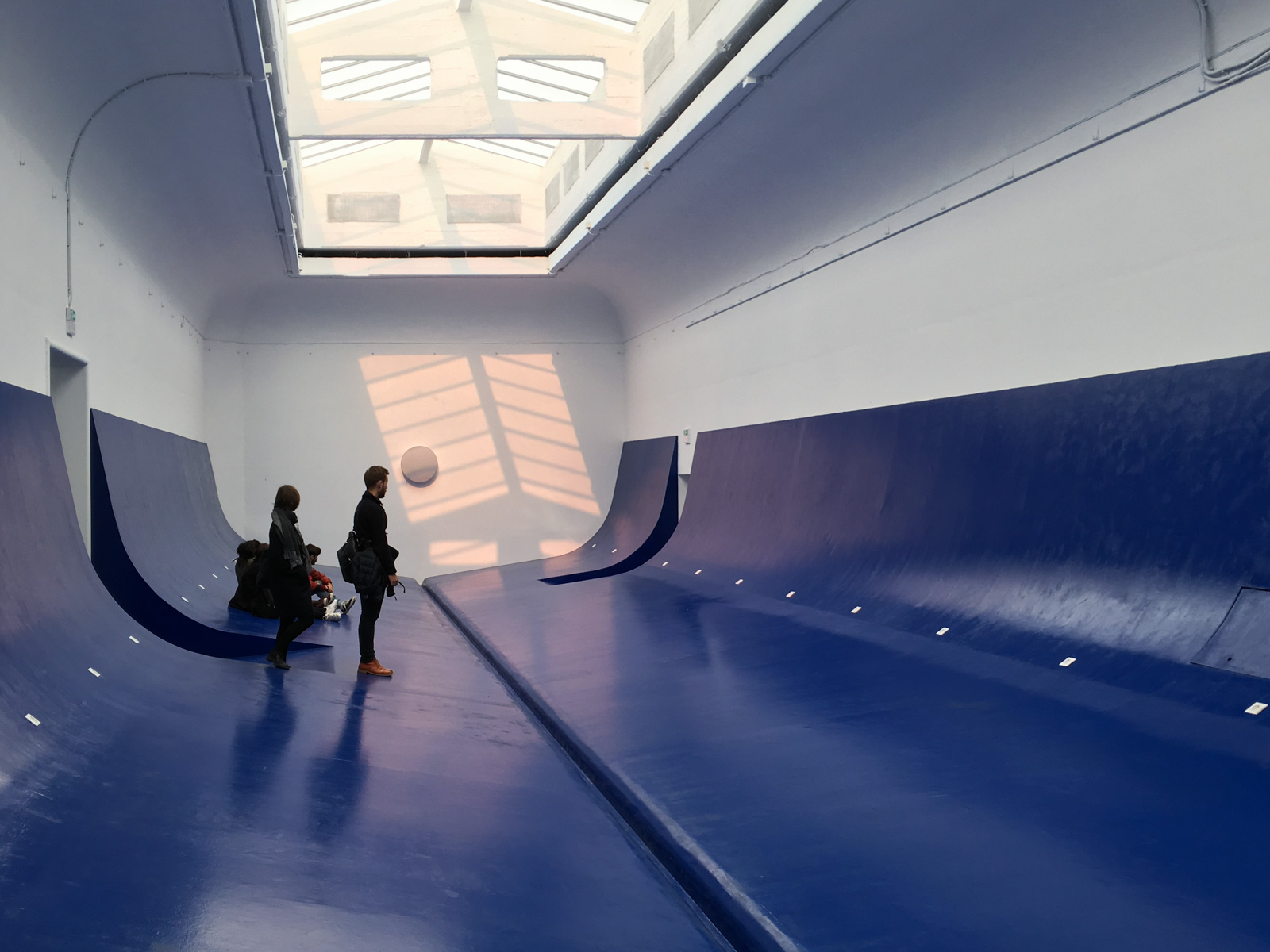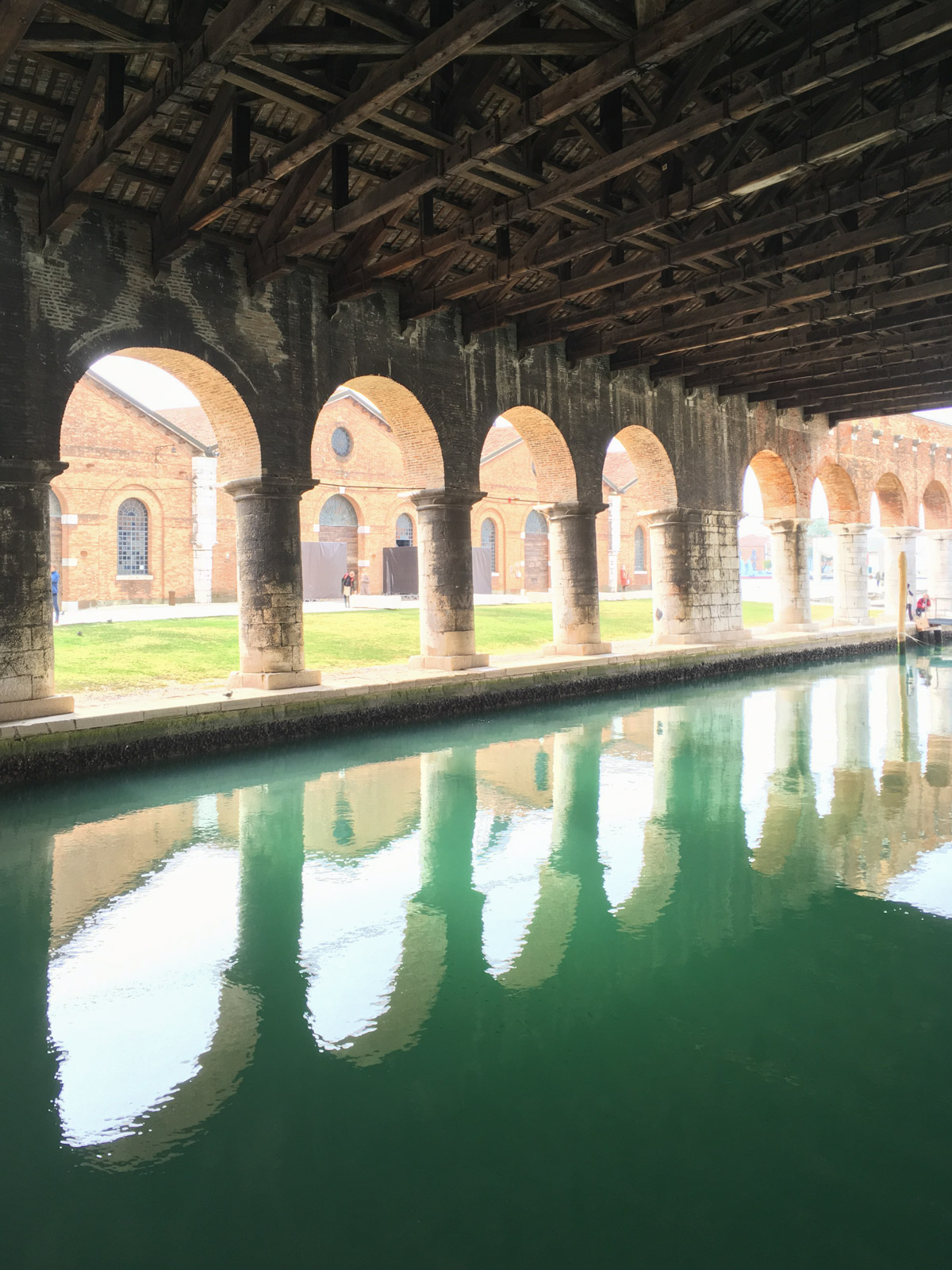Open air swimming at the Venice Architecture Biennale
Since quite a few members of the POOL IS COOL team are architects, a lot of us went to Venice for a visit to the Architecture Biennale this year. It was interesting for our work for Brussels since urban outdoor swimming and water pleasure was remarkably often mentioned in the exhibition.
Australian Pavilion
In Australia pools are everywhere, private pools in the backyards, public pools from the city centres to the vast inland, rock pools on the coasts. The history of Australia’s society is linked to it’s pools. The private pools were a sign of success, public pools were grounds of social fights, for example regarding the right for access for the Aboriginal people in the 60s or the ongoing battle between interests of real estate developers and the pools as places of social encounters for everyone.
In the pavilion, narratives of eight storytellers were broadcasted, such as olympic swimmers, writers and artists or social and environmental activists. Their interviews reveal stories of fulfillment and accomplishment, of segregation and inclusion, of learning from the past and reflecting for the future, all through the lens of the pool. One could listen to these stories with the feet in the water of the shallow pool, installed in the pavilion.
Accompanying the exhibition, a beautiful book was published that frames the narratives with a visual context of all sorts of Australian swimming places and gives background information and further insights.
It might be presumptuous to compare Australia with Brussels, not least the climate. But the importance of swimming facilities for the social togetherness of a highly diverse population is something that could be taken as an example. A quote in the book by Monica Barone of the City of Sydney expresses this clearly:
“The City of Sydney invests in social infrastructure such as pools because we understand that more and more of our life is going to be lived in public. Providing public, accessible facilities as the backdrop for community experiences is one of the ways in which we are tackling affordability, in a city where real estate pressures are real and felt by all. The pool, just like the library, becomes part of a suite of amenities that everyone enjoys.”
More information on the official website of the pavilion (including a link to buy the book) and on archdaily with an explanation by the curators Amelia Holliday, Isabelle Toland & Michelle Tabet.
FROM INFRASTRUCTURE TO PUBLIC SPACE
Part of the central exhibition of the Biennale, curated by the Chilean architect Alejandro Aravena, was a project from Medellin, Colombia.
The mayor together with Grupo EPM, an international energy and water company from Medellin, were trying to tackle the issue of safety and violence in the city. The most dangerous areas of the city were the darker, less illuminated areas identified in a night aerial view of Medellin. Those dark areas happened to be the city's water cistern network. For security reasons like the fear of terrorist attacks or the poisoning of the water, these areas were entirely disconnected from the neighborhoods where they were inserted, enclosed by fences. The political and technical decision was to reverse their isolation by transforming them into public spaces, with all the risks that such an operation entailed for the city. The cisterns still fulfill their function for the city but are now also new local neighbourhood centres and public squares. Integrating water playgrounds was an obvious idea close to the cisterns.
These projects could be seen as examples that the combinaton of social places and public leisure activities on sites of urban infrastructure allows their integration even in densely populated city centres.
MORE SWIMMING AT THE BIENNALE
Besides these two specific installations, urban swimming popped up in the Biennale every now and than. And while Venice is the city of water par excellence, there is no public place to swim outside in the city centre (though, of course, you have the beaches on the Lido island). Would there be interest in a swimming place in the lagoon? Is the water quality good enough or would you need a pool, for example just like the Badeschiff in Berlin? In short, should someone come up with a Venetian POOL IS COOL?

